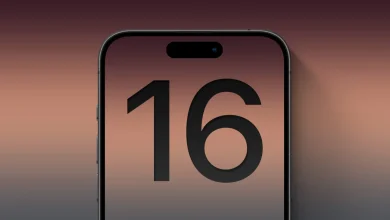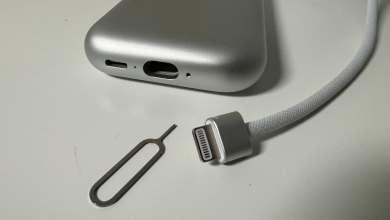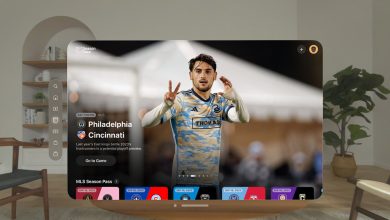Apple Unveils iPhone 15 with Dynamic Island, 48MP Camera, and USB-C
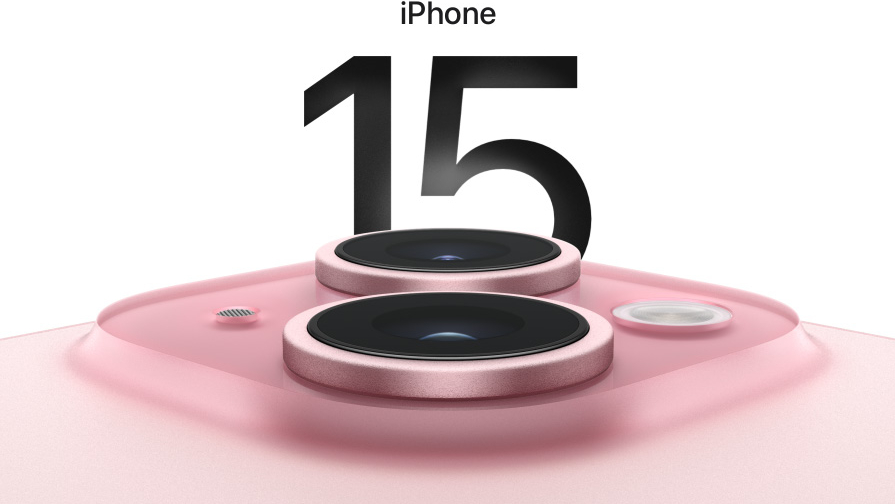
The iPhone 15 and 15 Plus are two of Apple’s most affordable offerings in the market, starting at $799 and $899 respectively. The entry-level non-Pro models have received quite a few useful upgrades this year, some of them bridging the huge gap between the premium and vanilla models that we saw last year.
The base iPhone 15 comes in at the same 6.1″ screen size as its more expensive counterpart, the 15 Pro – this trend continues with the 15 Plus where the 6.7″ display size is consistent with the 15 Pro Max. The biggest difference here lies in the refresh rate. No ProMotion this year for the vanilla models!
Looking at the bright side, however, Apple has bid farewell to the infamous Notch and has introduced Dynamic Island across the iPhone lineup. Now, even the base 15s would enjoy the fluid animations and DI features, although at 60Hz.

On the performance front, the RAM has been bumped up from 4GB to 6GB, and the chipset has been upgraded to Apple’s A16 Bionic, the same one found on last year’s Pros. Don’t let the age of this chipset fool you since it’s still very capable and over 50% more efficient when compared to the A15.
Apple did push out the newer A17 Pro this year for the “Pro(s).” They’ve switched up the naming scheme for these chips, which could indicate that the Bionic Pros would be reserved for the flagship, and would lead to the base models in the future not having the same level of performance as the previous years’ iPhone.
The camera department has also undergone a huge change, with Apple finally switching over to 48MP on all of its devices. Due to this resolution bump, the vanilla variant will now have the option for 2x Telephoto zoom, which is essentially a digital crop of the full photo. Keep in mind that the 48MP shots using the main sensor will automatically default to 24MP.

For the Portrait mode, now you won’t need to manually switch over since the iPhone will detect relevant objects in the frame and automatically capture depth information. Later, as on previous iPhones, you would be able to apply the Portrait effects or edit them out.
The Emergency SOS feature introduced in the 14 lineup has also had a new feature that Apple’s calling Roadside Assistance via emergency satellite. The company has partnered with many services and will let people who aren’t in the cellular range ask for help services on the road when needed.

As for general connectivity, the phone supports 5G across the board, Wi-Fi 6, and Bluetooth 5.3. The batteries on these phones haven’t been changed, and Apple is promising almost north of 20 hours of playback minimum on the base 15.
Perhaps the highlight for this year’s iPhone is the switch to a USB Type-C charging connector. The drawback here is that the base iPhones are limited to the same USB 2.0 speeds as before with the Lightning connector.
Apple has also incorporated its second-generation UWB (ultra-wideband) chip across the lineup, which allows it to communicate more effectively with over 3x the range as last year. This means that you’ll be able to use Precision Finding at a longer distance.
The overall design hasn’t changed a lot – the edges have been made slightly rounded, and the back now features a single matte, frosted glass with better repairability (as Apple claims). The phone comes in three storage options (128GB, 256GB, and 512GB) with five colors: black, yellow, pink, green, and blue.
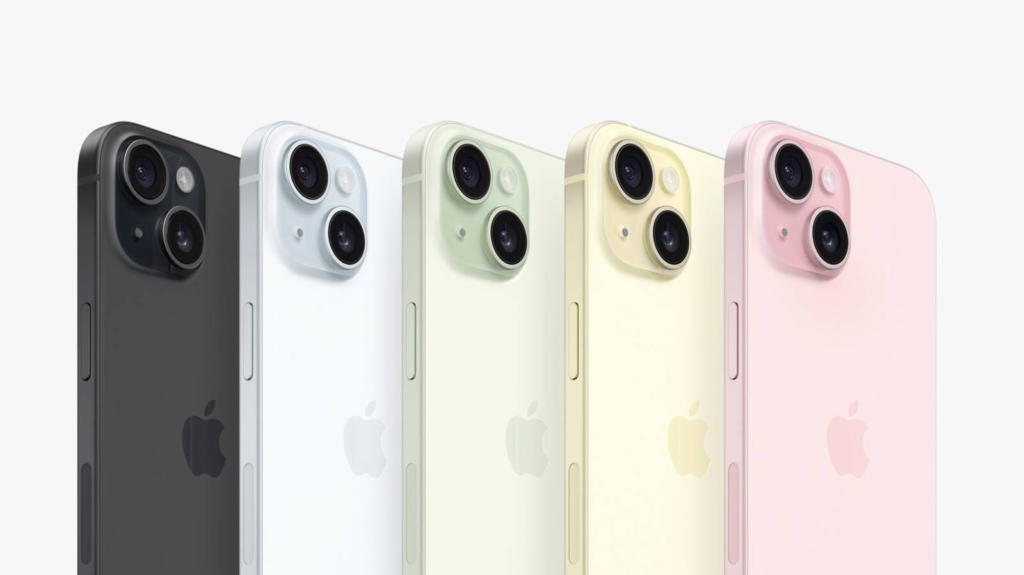
You can pre-order the phone now, but it will hit the shelves on the 22nd of September later this month.

